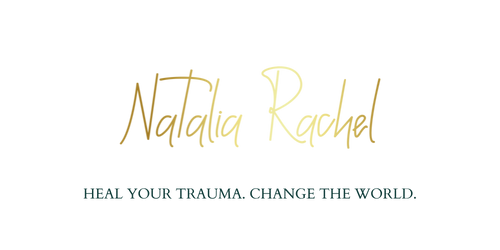The client who blames
There is a certain kind of trauma client that many practitioners dread to work with… the client who asks for help and then blames the practitioner for undesired outcome.
These clients have often done the rounds of many forms of therapies. It is as if no one can help them. To be fair, they come for help because they really do desire a positive outcome. However, they often end up blaming each practitioner, not only for being unable to help, but for causing a problem (either worsening symptoms or creating new ones).
These clients fall under the gross trauma archetype of ‘victim.’
You can read my other article on Survivor vs. victim mentality as a response to trauma here.
Victims are experiencing a complex response to trauma that has them perpetually stuck in their identity of disempowerment. They are at mercy to their condition. And they are at mercy to the external world. They have no control. They are eternally powerless.
If someone truly has no power over their experience, then it makes perfect sense that anything and everything will be someone else’s fault. It also makes sense that while they maintain this identity, there is no possible hope of positive change.
It is important to understand here that certain experiences underpin this particular sub-archetype ‘The Blamer’, and certain beliefs are at play in the unconscious. There is no decision to be stuck and hopeless. Rather it is a product of their specific paradigm and neural platform.
Consciously, the blamer wants to be happy and whole. They want the therapist to help them. They have no idea that both their unconscious and the associated neurophysiological responses will not allow this to manifest.
In my experience, we can deduce certain things about the blamer.
Their primary trauma response is a freeze/shut down response. No fight/flee response was available to the blamer at the original time of trauma.
In the face of trauma, the blamer became a victim. That is, in order to survive, they had to supress any aspects of self that demonstrates strength/fight qualities.
As a response to trauma, the blamer lost all control over their experience. They were unable to change the situation.
Because the trauma response was not complete, they are effectively stuck in a perpetual state of no control/powerlessness. There is no access to safety.
As a result of powerlessness, their locus of control became completely external. This means that there is no access to internal capability to change and they are at mercy to the world around them. Essentially, the world is a threat.
Because the world is a threat, many stimuli present as invasive or threatening. These external threats illicit a high tone sympathetic/fight or flee response, resulting in temporary co-activation.
In this situation, the Blamer orientates at a baseline parasympathetic freeze state; when there are external sympathetic triggers, the blamer experiences coactivation causing a confused response in the nervous system which often manifests as anxiety and emotional reactivity.
You can read more on my thoughts the neurophysiological presentation of anxiety here
Now, if we take the above into account, we can start to explore the behaviour of the blamer seeking treatment.
From working with this kind of client, I sense the following may occur.
The client consciously wants to recover and would like help.
Within their body is a chronic and constant alarm bell telling them that any attempt to change (to fight against the trauma experience) is not safe.
Therefore, any attempt to create change by the practitioner is received as a threat, causing a fight response and perhaps a deepening of the freeze response. This means that therapy that is geared towards palpable change is retraumatising. (Seeing as all therapy seeks to achieve some change, this proves as a catch 22!).
As a result of feeling neurophysiological threat, the blamer reinforces their powerlessness and finds fault with the external stimulus (in this case the practitioner).
The blamer experiences external invasion that is felt at physical, emotional and relational levels. That is; they may identify a physical response as well as feelings of anger or fear that they attribute to the therapy and practitioner.
When the blamer places blame, they either a) never come back to treatment or b) demand better or alternative treatment to compensate the experience. In both these cases they are feeding straight back into their identity as powerless to change as well as their therapy seeking and blaming loop.
So how do we break the cycle of powerlessness and help the blamer?
I take a very specific approach with this client. Each principle is geared towards one goal – promoting the client to empowerment. It is when the client finds their internal sense of power, that they can start to reidentify and accept that change is possible.
For more information on how to work with the blamer client, read my article ‘working with chronic disempowerment’.
